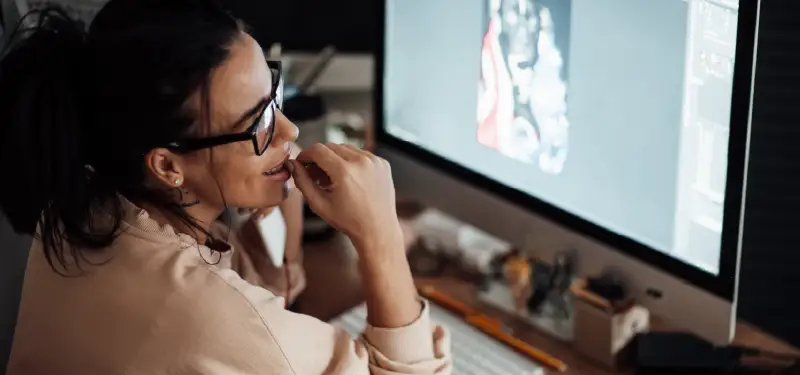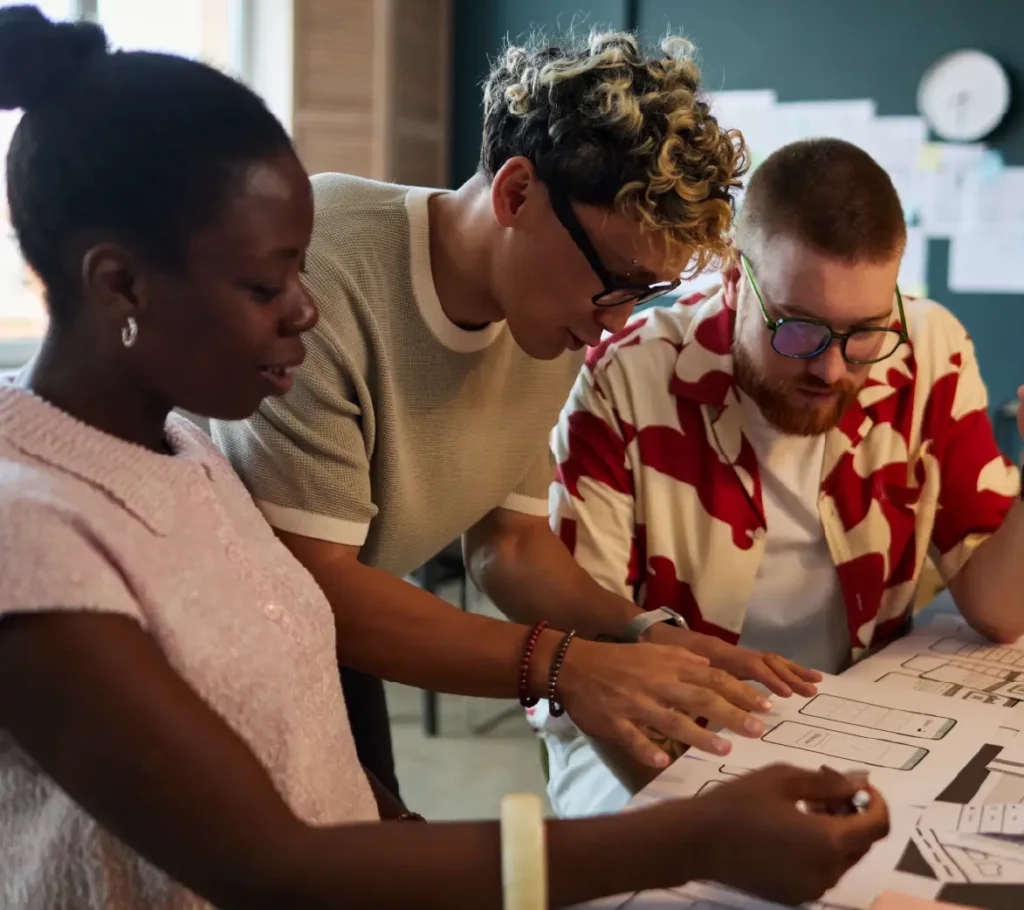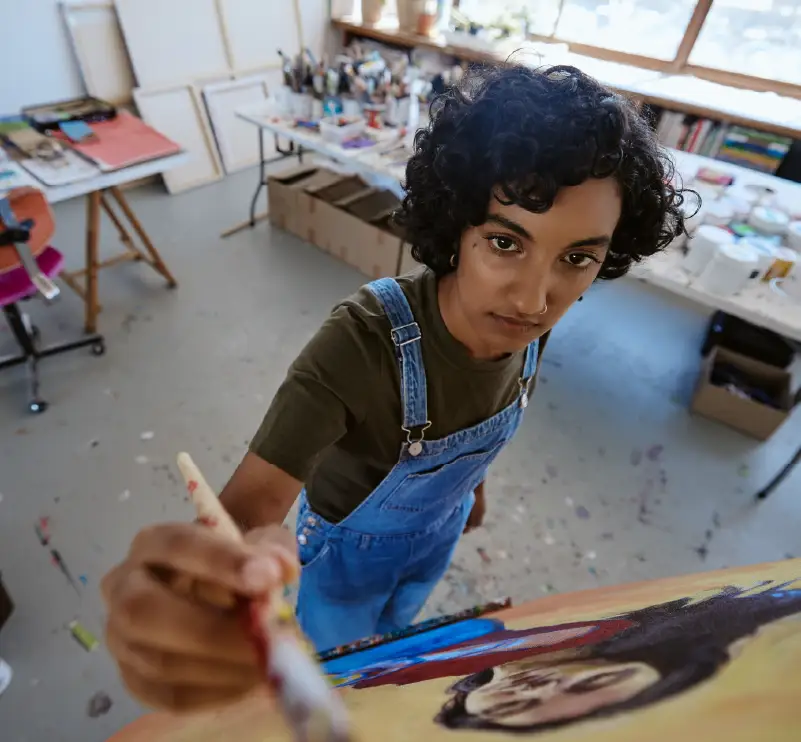CAREER CONNECTIONS
Artificial intelligence is rapidly transforming industries from finance to healthcare—but the creative world still holds a unique advantage. While AI can assist in generating content, automating workflows, and enhancing production speed, it still struggles with deep emotional storytelling, cultural nuance, and the subtle human touch that makes art truly resonate.
For creatives—artists, designers, writers, filmmakers—this is an opportunity, not a threat. By developing AI-resistant creative skills, you can ensure your career thrives even as technology continues to evolve.
This article explores the most valuable creative skills that AI can’t fully replicate, how to develop them, and which educational paths will keep you ahead of the curve.

Explore More Articles
The Future of Education: AI Skills Every Graduate Needs
AI Boom: Industries on the Rise vs. Industries in Decline
AI for Educators: Degrees That Train You to Teach AI
Degrees That Will Thrive in the AI Business Era
The AI-Resistant Creative Skills You Should Build Now
Explore Degree Subjects
AI can produce impressive results in seconds, but creativity isn’t just about speed—it’s about connection. Humans bring empathy, intuition, cultural understanding, and original thought to their work, qualities that machines struggle to mimic.
According to LinkedIn’s Future of Skills report, demand for creative problem-solving, communication, and adaptability is rising across all industries, even in highly technical roles. AI may be a tool, but human-led creativity remains the differentiator.
AI can follow a narrative structure, but it lacks lived experiences. Emotional storytelling requires deep empathy, cultural awareness, and the ability to connect with audiences on a personal level. Writers, filmmakers, and designers who can tell authentic stories will remain in demand.
AI thrives on existing data—it generates based on patterns it’s already seen. Humans can break patterns, take risks, and imagine worlds that have never existed. Whether it’s inventing a new art style or launching an unconventional ad campaign, original thinking is a competitive edge.
Creative professionals increasingly work with technologists, marketers, and business leaders. Skills in collaboration, leadership, and translating complex concepts for different audiences ensure you can work effectively in diverse teams.
Indeed’s career advice emphasizes collaboration as a top career skill for creatives, especially as AI tools become part of the production process.
AI can unintentionally produce biased or culturally insensitive work if it isn’t guided by human oversight. Designers, writers, and filmmakers who understand diversity, equity, and inclusion can create more socially responsible work.
While AI can generate options, someone still needs to make the final judgment calls. Creative directors, editors, and art leads bring strategic vision, ensure brand consistency, and maintain artistic integrity.
Programs in digital design now often include coursework on user experience (UX), ethics, and storytelling. Look for programs that integrate AI tools while emphasizing human creativity.
Film schools that combine media production with sociology, cultural studies, or anthropology train students to produce meaningful content that reflects and respects diverse audiences.

Creative writing programs that encourage cross-disciplinary collaboration (e.g., pairing writers with game developers or animators) prepare students for hybrid creative-technical careers.
Degrees in arts management teach business, marketing, and leadership skills—ensuring you can manage creative projects in an AI-enhanced world.
AI isn’t eliminating creative jobs—it’s changing them. According to LinkedIn’s Jobs on the Rise, roles in UX design, content creation, and brand strategy are expanding, especially for professionals who understand AI tools.
Creative professionals who adapt—by blending technical fluency with emotional intelligence—will have the most career security.

AI is reshaping creative industries, but human originality, empathy, and judgment are still irreplaceable. By focusing on emotional storytelling, original concept development, collaboration, cultural awareness, and creative direction, you can future-proof your career.
The key is not to resist AI entirely but to integrate it into your process while doubling down on the skills it can’t replicate. Whether you’re a designer, writer, or filmmaker, your creativity is still your most valuable asset.
No. AI can assist in creative processes but struggles with emotional depth, cultural nuance, and original ideation.
Fields requiring high emotional intelligence and originality—such as storytelling, brand strategy, and cultural design—are more resistant.
By using it as a tool for efficiency and inspiration while focusing on human-led decision-making.
Yes—look for programs in digital design, media production, or creative technology that integrate AI tools into coursework.
Not necessarily—demand is shifting toward those who can combine AI fluency with human creativity.
Emotional storytelling is a strong example, as it requires lived experience and empathy.
It’s beneficial but not mandatory—understanding AI concepts can help you collaborate better with technical teams.
Very—collaboration across disciplines will be essential for future projects.
Yes, if the program includes technology integration and real-world collaboration opportunities.
By maintaining a strong portfolio of original, authentic, and context-aware projects.